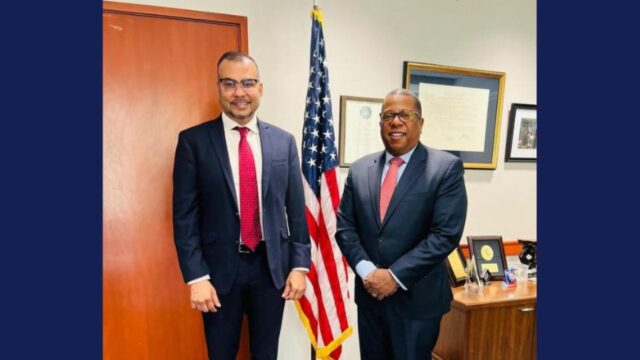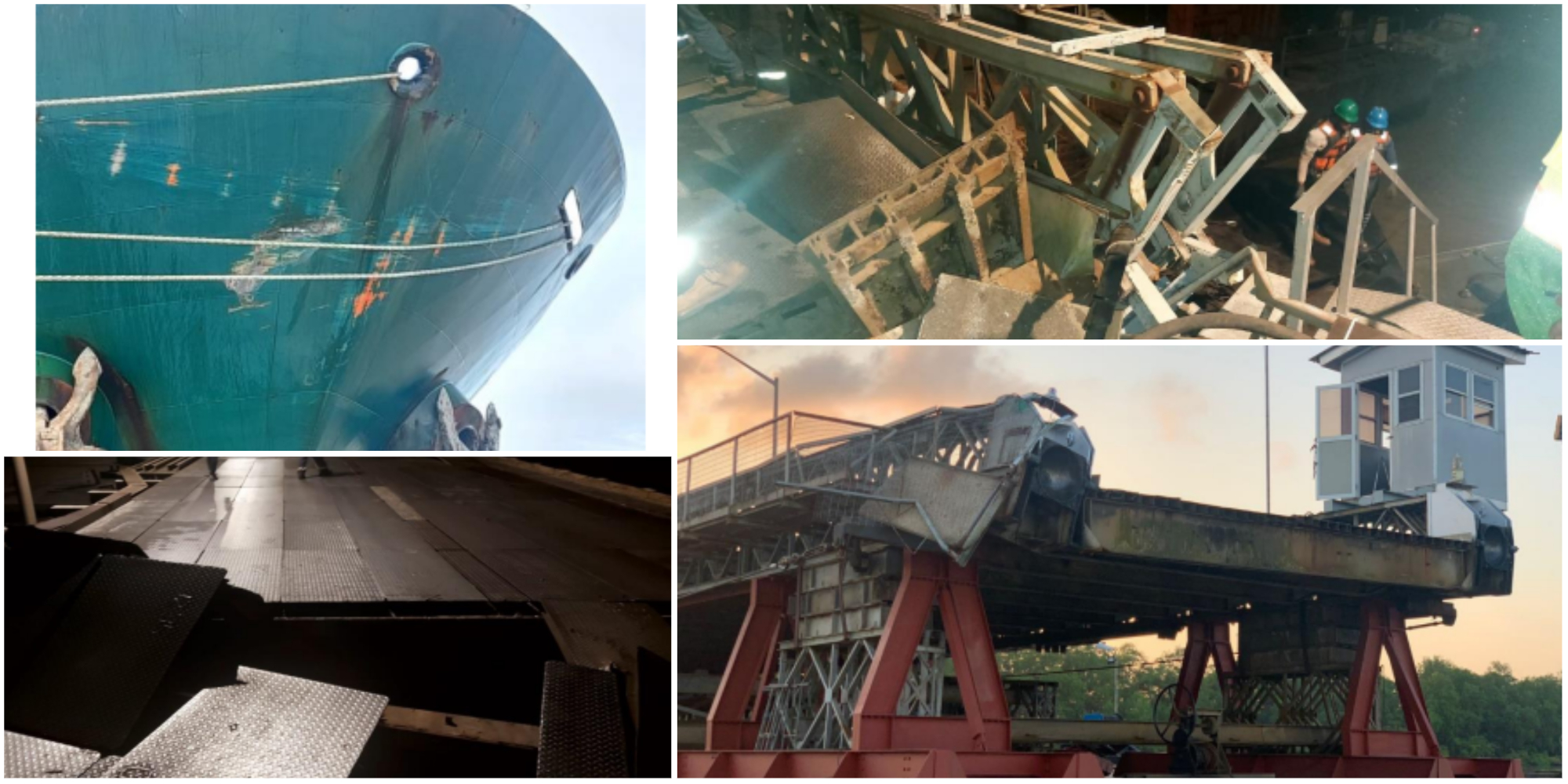
The US Export-Import (EXIM) Bank has given approval for a US$500 million loan to support Guyana’s US$2 billion Gas-to-Energy project, marking the largest foreign investment in the nation’s history.
This was confirmed by the Assistant Secretary of State for Western Hemisphere Affairs, Brian Nichols during a Monday press briefing by the US Department of State.
The Alliance for Change (AFC) had previously claimed that the loan did not get initial approval.
Nichols also highlighted the strategic partnership between the US and Guyana, emphasizing the US’s role in Guyana’s economic growth.
“The strategic elevation of our relationship with Guyana, the fastest-growing economy in the world, provides further proof that these partnerships produce results,” Secretary Nichols said.

He also noted the bilateral defense cooperation between the two countries and private sector investments totaling over $15 billion since 2021 to 2024.
“Our interagency partners at U.S. Southern Command strengthened bilateral defense cooperation through medical missions, flood relief operations, joint training exercises, and military equipment transfers,” Nichols stated.
Vice President Dr. Bharrat Jagdeo last month confirmed the project’s progress was pending final approval of the loan from the EXIM board and US Congress.
Situated in Wales on the West Bank Demerara, the gas-to-project is expected to slash energy costs by half and further drive economic growth and energy stability for the fastest-growing economy in the world.
The funding from the EXIM bank will also include retroactive financing, which will allow the government to recoup costs it has already incurred since the project began.
This development comes on the heels of a September visit to the United States by Dr. Ashni Singh, Senior Minister in the Office of the President. During this visit, Dr. Singh engaged with key officials from the EXIM Bank to discuss the project’s financing and ensure continued support.
Prior to the approval of the loan from the EXIM, Guyana’s government had committed to advancing the project, allocating $400 million from its own resources to ensure its momentum.







